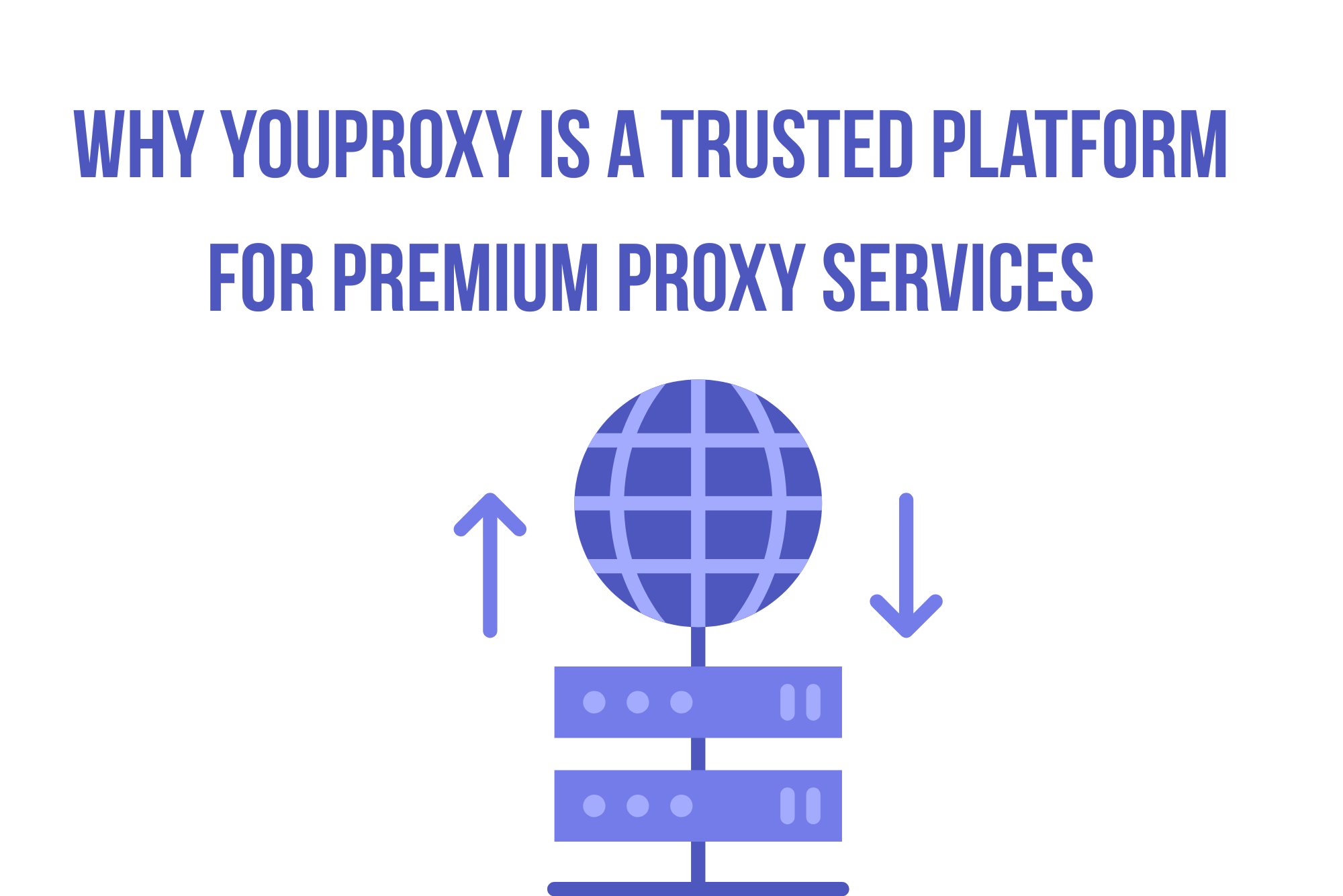In the digital age, capturing the audience’s attention requires more than just text-heavy slides. 3D visualization offers an immersive way to communicate complex ideas, making presentations more engaging and effective. Whether in real estate, marketing, or education, the use of 3D technology allows presenters to transform ordinary content into memorable visual experiences. It’s not just about showing information; it’s about making the audience interact and connect with it. Let’s explore how 3D visualization enhances presentations and drives better outcomes.
What is 3D Visualization?
3D visualization refers to the creation of three-dimensional representations of objects, environments, or concepts, providing a detailed and interactive view. Unlike traditional 2D images or static graphs, 3D content enables viewers to explore from multiple angles, offering a more comprehensive understanding. Presenters can use tools like Blender, Autodesk, or Unreal Engine to create lifelike models or animations. Whether it’s a rotating product demo or a virtual property walkthrough, 3D visualization bridges the gap between imagination and reality.
The Impact of 3D Visualization on Presentations
Traditional presentation methods often struggle to capture the complexity of certain subjects. 3D visualization makes presentations more dynamic by enabling audiences to interact with the content. Rotating a 3D architectural model or exploring the interior of a virtual property provides a hands-on experience that static images can’t match. Research shows that people retain 65% more information when visuals are involved, and the combination of interactivity and depth makes 3D visualization even more powerful.
Enhanced Audience Engagement
Presentations with 3D content capture attention more effectively than simple slides. Interactivity keeps viewers focused throughout the session, reducing the chances of distraction. Engaging the audience visually ensures the message leaves a lasting impression.
Improved Comprehension
Complex data or intricate designs become easier to understand through 3D visualization. When viewers can explore or manipulate 3D models, they gain a deeper grasp of the presented concepts, leading to better retention and comprehension.
Emotional Connection and Impact
3D visualization helps audiences connect emotionally, especially in fields like real estate. Virtual tours of properties allow buyers to visualize themselves living in those spaces, creating an emotional bond before a purchase decision. This effect can extend to product demos or marketing campaigns, where immersive visuals enhance brand impact.
Visualization 3D is revolutionizing how information is communicated, making presentations more engaging and impactful. Unlike static images or 2D slides, visualization 3D allows audiences to explore concepts in a more interactive and immersive way, which enhances understanding and retention. For instance, in a business presentation, showcasing a product prototype in 3D lets viewers rotate, zoom, and examine intricate details, creating a deeper connection with the idea being presented. Similarly, real estate developers use visualization 3D for property walkthroughs, allowing potential buyers to virtually explore a space even before construction is complete. This dynamic visual experience improves decision-making by giving audiences a clear and precise view of the subject, helping them grasp complex ideas effortlessly. As industries across education, architecture, and marketing adopt visualization 3D, presentations become more than just information delivery—they become immersive storytelling experiences that inspire action.
Better Decision-Making
Detailed 3D presentations empower stakeholders to make informed decisions. In real estate and architecture, 3D models enable developers to preview layouts and adjust designs before construction begins. This reduces risks, saves costs, and ensures alignment with stakeholder expectations.
Real Estate and Property Visualization
In real estate, 3D visualization is transforming how properties are marketed. Virtual walkthroughs offer potential buyers a realistic sense of space, even for projects that are still under construction. Developers can also present multiple layout options, exterior finishes, or furniture arrangements in a single presentation, allowing for a personalized buyer experience.
Business and Marketing Presentations
In business, companies use 3D product demos to showcase innovations effectively. A 3D model allows audiences to explore product features interactively, leaving a more lasting impression than flat images. Marketing teams also leverage animated 3D videos for social media campaigns, capturing higher engagement rates than static visuals or text.
Property visualization is a transformative tool in the real estate industry, enabling potential buyers to engage with properties in ways that traditional methods cannot. By utilizing advanced technology, property visualization allows developers and realtors to create realistic 3D models of buildings, interiors, and landscapes. These immersive visuals enable clients to take virtual tours of properties, providing a sense of space and design that flat images or 2D floor plans fail to convey. This approach not only enhances the buying experience but also helps clients visualize how a space can be tailored to their preferences. Additionally, property visualization can showcase various design options, allowing buyers to explore different layouts, finishes, and furniture arrangements before making a decision. As a result, this innovative method significantly reduces time spent on the sales process and enhances client satisfaction, making it an invaluable asset in today’s competitive real estate market.
Education and Training
3D visualization plays a significant role in education, particularly in fields like medical studies, architecture, and engineering. Instead of relying on textbooks, students can explore 3D models of human anatomy or architectural designs, enhancing their learning experience. In corporate training, 3D simulations provide employees with hands-on practice in complex scenarios.
Best Practices for Using 3D Visualization in Presentations
Using 3D content effectively requires thoughtful planning. First, identify the key moments in the presentation where 3D elements can add value—whether it’s explaining a product feature, showcasing a design, or walking through a property. Avoid overloading the presentation with too many animations, as this can slow performance and distract from the core message.
Optimizing content for different devices is crucial, especially when presenting online. Ensure the 3D models run smoothly across desktops, tablets, and smartphones. High-quality models are essential to avoid pixelation or visual distortions, and using pre-built templates or libraries can save time during creation. Finally, include interactive elements—such as zoom, pan, or rotate functions—so the audience can actively engage with the 3D visuals.
Challenges and Solutions for 3D Visualization
While 3D visualization offers many benefits, it also presents certain challenges. The cost of professional 3D software and the steep learning curve can be barriers, especially for small businesses. However, free or open-source tools like Blender provide a viable alternative. Performance issues may arise when presenting on low-end devices, so optimizing models by reducing file size and rendering complexity is essential. Presenters can also offer brief tutorials to familiarize audiences with interactive features, ensuring smooth navigation.
Transforming Presentations with 3D Visualization
In an era where attention spans are shrinking, 3D visualization offers a powerful way to elevate presentations and captivate audiences. Whether you’re in real estate, marketing, or education, integrating 3D content makes your message clearer, more engaging, and more memorable. The emotional connection it fosters, combined with enhanced comprehension and improved decision-making, makes 3D visualization a game-changer. By carefully planning and executing 3D presentations, you can stand out from the crowd and inspire your audience to take action. Now is the time to embrace this innovative technology and take your presentations to the next level.









